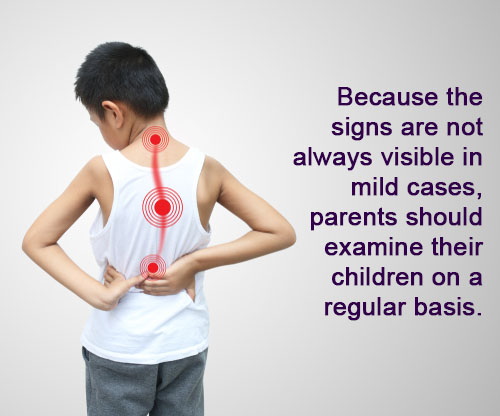WORDS DR WONG CHUNG CHEK
 FEATURED EXPERT FEATURED EXPERTDR WONG CHUNG CHEK Consultant Orthopaedic & Spine Surgeon ALTY Orthopaedic Hospital |
Scoliosis is a common, sometimes hereditary spinal medical condition, in which a person’s spine curves to the side, typically in the shape of an “S” or “C.”
A stable and mild case of scoliosis does not cause significant lifestyle issues, but severe cases with prominent curves can be harmful to a person’s health.
THE TRUTH ABOUT SCOLIOSIS
People often believe, erroneously, that carrying heavy bags, having poor body posture, participating in sports, or sleeping on one side will cause the spine to bend, but that isn’t quite the case.
The reality is that over 80% of all scoliosis cases have no known cause. Such cases are known as idiopathic scoliosis.
According to studies, scoliosis affects 2-3% of the Malaysian population, or between 600,000 and 900,000 persons . It’s most often detected during adolescence, but it is also known to affect adults and the elderly at a lower rate.
Scoliosis usually progresses very rapidly during the growth spurts and only slows down or stops once the child reaches bone maturity. Signs of scoliosis become more noticeable as a child grows in age or as the curve progresses, but that doesn’t mean that scoliosis is impossible to notice early.
Because the signs are not always visible in mild cases, parents should examine their children on a regular basis.
The earlier scoliosis is detected, the better the odds of preventing scoliosis from causing serious issues down the line.
HOW TO DO HOME-CHECKS FOR SCOLIOSIS IN YOUR KIDS |
As scoliosis usually starts just before the child shoots up in height, parents should begin looking for symptoms at that time. Look out for:
If you see any signs of scoliosis, regardless of how minor they are, you should schedule an appointment to see a specialist to do further observation and to also check on the severity as some hospitals may not be able to do a comprehensive check. |
WHEN SHOULD YOU CONSULT A DOCTOR?
If you are still unsure, it is best to consult a doctor as soon as you can. Sometimes mild symptoms may not be easily spotted, and doctors can help perform more tests and X-ray scans.
An orthopaedist who specialises in pediatric conditions will be able to recommend more tests, examinations, and preventive measures upon further consultation.
If the curve identified is less than 20° degrees, the curve will be observed to ensure that it does not worsen. This is especially important for children who are still developing, although well-grown children may not require more X-rays. Such cases may require more testing like MRI which can be used in addition to the X-rays for more detail.
New imaging modality like the EOS is able to provide better images of the spine with a quarter of the radiation dose.







